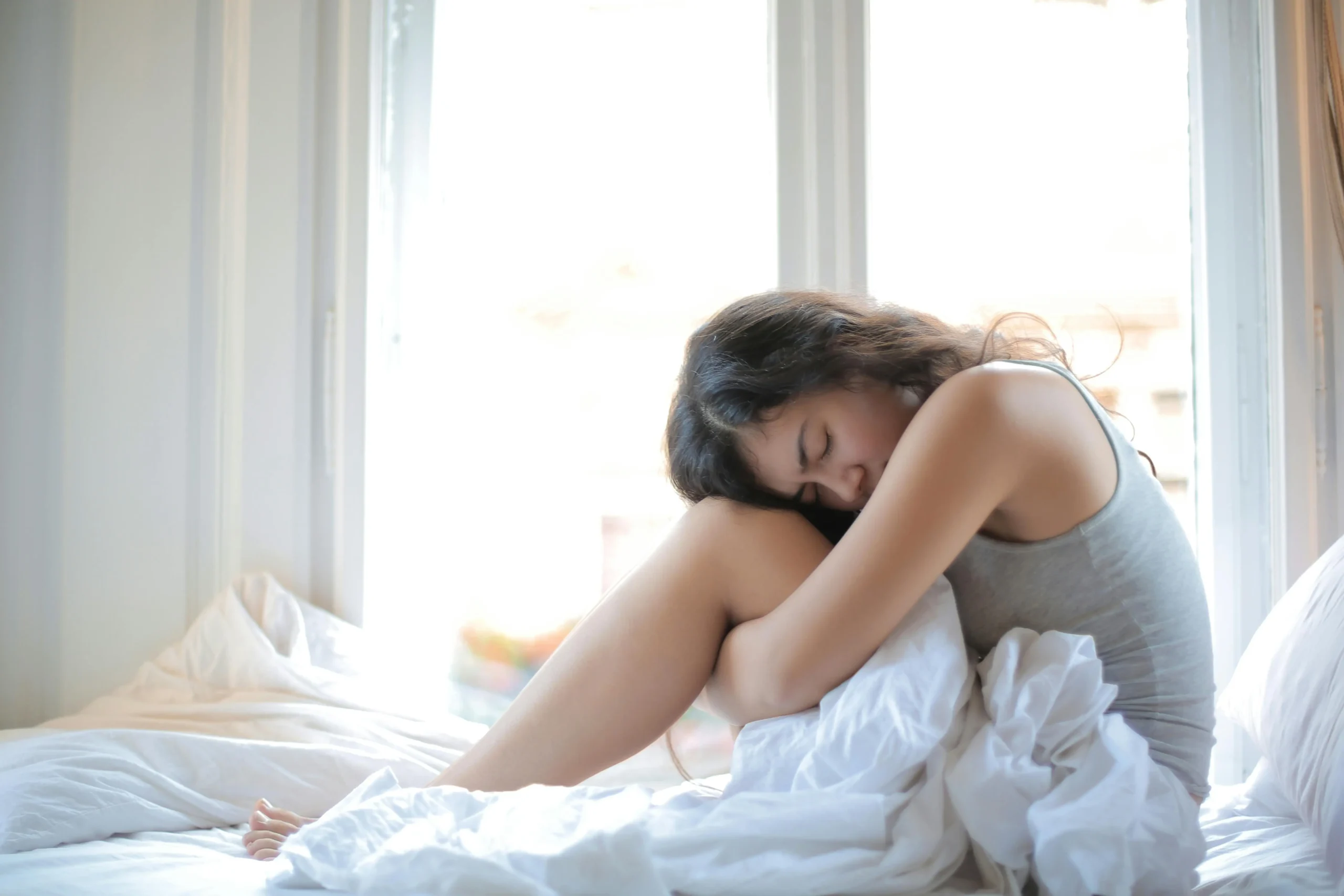Methamphetamine, commonly known as meth, has become a significant public health concern in the United States. According to the National Institute on Drug Abuse, approximately 2.6 million people reported using meth in the past year.
This alarming statistic underscores the importance of understanding the nature of meth addiction and its impact on both physical and psychological health.
Understanding Methamphetamine
History and Properties
Methamphetamine is a synthetic stimulant drug that has a long and complex history. It was first synthesized in the early 20th century and has been used for various purposes, including medical treatment for narcolepsy and obesity.
However, its high potential for abuse led to strict regulation and classification as a Schedule II controlled substance. Meth is known by various street names, including “crystal,” “ice,” and “speed.”
Chronic meth use can cause severe dental problems, often referred to as “meth mouth.” The combination of dry mouth, poor dental hygiene, and the harsh chemicals in meth leads to extensive tooth decay, gum disease, and tooth loss, resulting in a distinctive and devastating oral health condition.
Long-term meth use can cause significant structural changes in the brain, particularly in areas responsible for regulating emotions. As a result, individuals struggling with meth addiction often experience emotional disturbances such as depression, anxiety, and mood swings, which can persist even after stopping drug use and make the recovery process more challenging.
Communities facing poverty, unemployment, and limited access to education and healthcare services may be more susceptible to meth addiction. Individuals in these environments may turn to meth as a means of coping with the stress and challenges of their daily lives, highlighting the need for comprehensive prevention and support programs that address underlying socioeconomic factors.
Misconceptions and stigma surrounding meth addiction can prevent individuals from seeking the help they need. By fostering a better understanding of addiction as a complex disorder influenced by biological, psychological, and social factors rather than a moral failing, we can work towards reducing stigma and creating a society that supports and encourages those struggling with addiction to seek help and embark on a path of recovery.
Consumption Methods
The Neurobiology of Methamphetamine Addiction
Brain's Reward System
Structural Brain Changes
Quick Tip
Recognizing the Physical Signs: Know When to Seek Help for Meth Addiction
Physical Effects of Methamphetamine
Meth use can have both immediate and long-term physical effects on the body. In the short term, users may experience sudden energy, heightened alertness, decreased appetite, rapid heartbeat, elevated blood pressure, and hyperthermia.
Prolonged meth use can lead to severe dental issues, especially meth mouth, skin sores and infections, malnutrition, significant weight loss, and an increased risk of cardiovascular issues such as heart problems, stroke, and seizures. The drug’s stimulant properties and the compulsive behaviors it induces can take a severe toll on an individual’s physical health over time.
How does meth affect the brain's reward system?
What are some of the long-term physical effects of meth use?
How can someone struggling with meth addiction find help and support?
Physical Dependence vs. Psychological Dependence
Defining the Dependencies
To fully grasp the nature of meth addiction, it is crucial to understand the difference between physical and psychological dependence. Physical dependence refers to the body’s adaptation to the presence of a drug, such that when the drug is discontinued, the individual experiences withdrawal symptoms.
This occurs because the body has grown accustomed to functioning with the drug in its system. Psychological dependence, on the other hand, is characterized by a compulsive need to use the drug for its mental and emotional effects, even in the face of negative consequences.
Tolerance and Withdrawal
As individuals continue to use meth, they often develop a tolerance to its effects. This means that they require increasingly higher doses to achieve the desired high. Tolerance is a hallmark of physical dependence and can drive users to consume dangerous amounts of the drug.
When attempting to quit or significantly reduce their meth use, individuals may experience intense withdrawal symptoms, both physical and psychological.
These symptoms can include intense cravings, fatigue, sleep disturbances, depression, anxiety, irritability, and mood swings. The severity of withdrawal symptoms can make the recovery process challenging and highlights the importance of seeking professional support.
Get Help for Substance Abuse at Cornerstone
We offer a wide range of treatment for mental health and substance abuse conditions. Begin your journey to recovery today!
Methamphetamine Withdrawal
Symptoms and Timeline
The meth withdrawal process can be a difficult and uncomfortable experience, with symptoms varying in intensity and duration. The acute withdrawal phase, which is the initial period after discontinuing meth use, typically lasts for several days to a few weeks.
During this time, individuals may experience various physical symptoms, such as fatigue, sleep disturbances, and appetite changes.
Psychological symptoms, including depression, anxiety, and irritability, can also be particularly intense during this phase. As the body and mind adjust to the absence of meth, these symptoms gradually subside.
However, some psychological symptoms, such as cravings and mood disturbances, may persist for several months, emphasizing the importance of ongoing support and treatment.
Medical Supervision
Given the potential severity of meth withdrawal symptoms, it is strongly recommended that individuals seek professional medical supervision during the detox process.
Attempting to quit meth “cold turkey” without proper support can be dangerous and increase the risk of relapse. Medical professionals can provide a safe and controlled environment, monitor vital signs, and manage withdrawal symptoms to ensure a more comfortable and successful detox.
They can also connect individuals with appropriate treatment resources and support services to aid their long-term recovery.
Factors Influencing Methamphetamine Addiction
Genetic and Environmental Factors
A complex interplay of genetic and environmental factors influences the development of meth addiction. Research has shown that genetic predispositions can increase an individual’s vulnerability to addiction.
Those with a family history of substance abuse may be more susceptible to developing a meth addiction themselves. However, genetics alone do not determine addiction risk; environmental influences also play a significant role.
Exposure to peer pressure, stress, trauma, and a lack of healthy coping mechanisms can all contribute to the initiation and progression of meth use. Understanding these risk factors is crucial for developing targeted prevention and intervention strategies.
Socioeconomic Factors
Socioeconomic conditions can also have a profound impact on meth addiction rates. Communities that face high levels of poverty, unemployment, and limited access to education and healthcare services may be more vulnerable to drug abuse.
In these environments, meth use may be seen as a means of coping with the stress and challenges of daily life. Addressing these underlying socio-economic factors is essential for creating sustainable solutions to the meth addiction epidemic.
This requires a comprehensive approach that includes improving access to education, job opportunities, and healthcare services and promoting community-based prevention and support programs.
Myths vs. Reality
Common Misconceptions
Despite the growing awareness of meth addiction, there are still many misconceptions surrounding this issue. One common myth is that meth addiction only affects certain demographics, such as low-income individuals or those with a history of criminal behavior.
In reality, meth addiction can impact people from all walks of life, regardless of age, gender, ethnicity, or socioeconomic status.
Another misconception is that recovery from meth addiction is impossible or that those who struggle with addiction are somehow morally weak. These beliefs perpetuate stigma and can prevent individuals from seeking the help they need.
Understanding Addiction
To effectively address the meth addiction crisis, it is crucial to have a better understanding of addiction as a complex disorder influenced by a range of biological, psychological, and social factors.
Addiction is not a choice or a moral failing but rather a chronic condition that requires comprehensive treatment and support.
By educating ourselves and others about the true nature of addiction, we can work towards reducing stigma, promoting compassion, and encouraging those who are struggling to seek help.
This understanding is essential for creating a society that supports prevention, early intervention, and long-term recovery.
Treatment and Recovery
Treatment Options
When it comes to treating meth addiction, there are various evidence-based approaches available. Behavioral therapies, such as cognitive-behavioral therapy (CBT) and contingency management, have shown promise in helping individuals modify their thoughts and behaviors related to drug use.
CBT helps individuals identify and change negative thought patterns and develop coping skills to prevent relapse. Contingency management involves providing tangible rewards for maintaining abstinence and engaging in recovery-oriented activities.
Medications may also be used to manage withdrawal symptoms and reduce cravings, although there are currently no FDA-approved medications specifically for meth addiction. Treatment plans often combine these approaches, tailored to the individual’s unique needs and circumstances.
Residential and outpatient rehabilitation programs provide structured environments for recovery in addition to these therapeutic interventions.
These programs offer various services, including individual and group therapy, life skills training, and relapse prevention education.
Support groups and peer recovery services, such as 12-step programs and peer mentoring, can also be valuable resources for ongoing support and encouragement.
Success Stories and Support
Recovery from meth addiction is a challenging but achievable journey, and success stories serve as powerful reminders of the transformative potential of treatment and support.
Many individuals who have overcome meth addiction go on to lead fulfilling lives, rebuild relationships, and give back to their communities. These stories offer hope and inspiration to those still struggling, showing that recovery is possible with the right resources and determination.
Building a strong support network is crucial for long-term recovery. This network may include family members, friends, peers in recovery, and addiction professionals.
A reliable and understanding support system can provide motivation, accountability, and a sense of belonging.
Loved ones need to educate themselves about addiction and recovery so they can offer informed and compassionate support.
Participating in family therapy or support groups for loved ones can also be beneficial in strengthening relationships and promoting healing.
The Path to Healing
Meth addiction is a serious problem that hurts a lot of people and families. It’s not easy to deal with, but by learning more about how meth affects the body and mind, we can find better ways to prevent it and help people who are struggling.
Getting over meth addiction is a journey that takes time and effort. It’s not always a straight path, and there might be some setbacks.
But that doesn’t mean you’re a failure or can’t succeed. It’s just a part of the process.
If you or someone you care about is battling meth addiction, remember that you’re not alone. Some people can help, like doctors, addiction specialists, and support groups.
Reaching out for help is a brave thing to do, and it’s the first step towards taking back control of your life and starting to heal.
With the right help and support, you can break free from meth addiction and build a better, healthier life for yourself.
Everyone’s journey is different, but recovery is possible for anyone willing to try.
By being understanding, caring, and hopeful, we can make a difference in the lives of people who are struggling with addiction.
We can work together to create a world where fewer people start using meth in the first place and where those who need help can get the support they need to overcome their addiction and live their best lives.
Key Takeaways
- Key Takeaways
- Meth addiction is a complex disorder that significantly impacts an individual's physical and psychological well-being.
- Understanding the science behind meth addiction is crucial for developing effective prevention, treatment, and support strategies.
- Recovery from meth addiction is a gradual and often challenging process that requires patience, commitment, and a willingness to seek help.
- By fostering understanding, compassion, and hope, we can create a society that supports and empowers individuals on their path to healing and transformation.







